Nodes
Updated: 7 Feb 2025
Updated: 7 Feb 2025
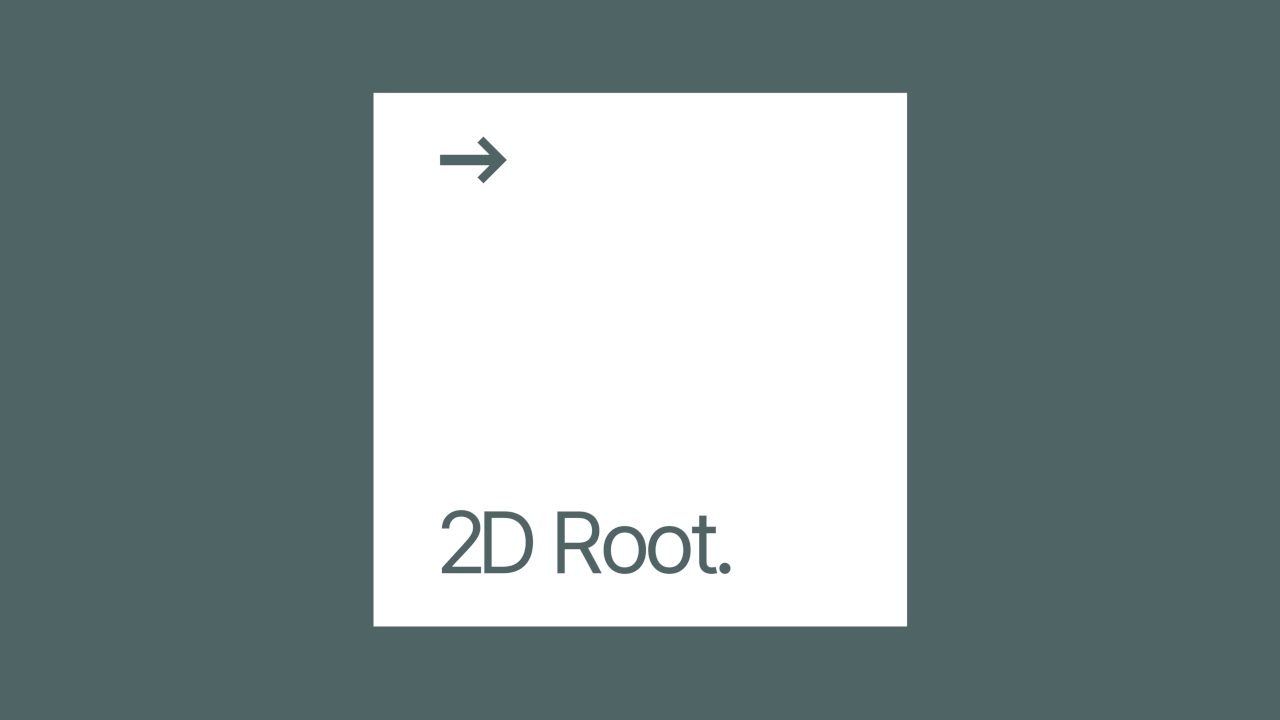 2D
2D
Generate and render content in 2D space.
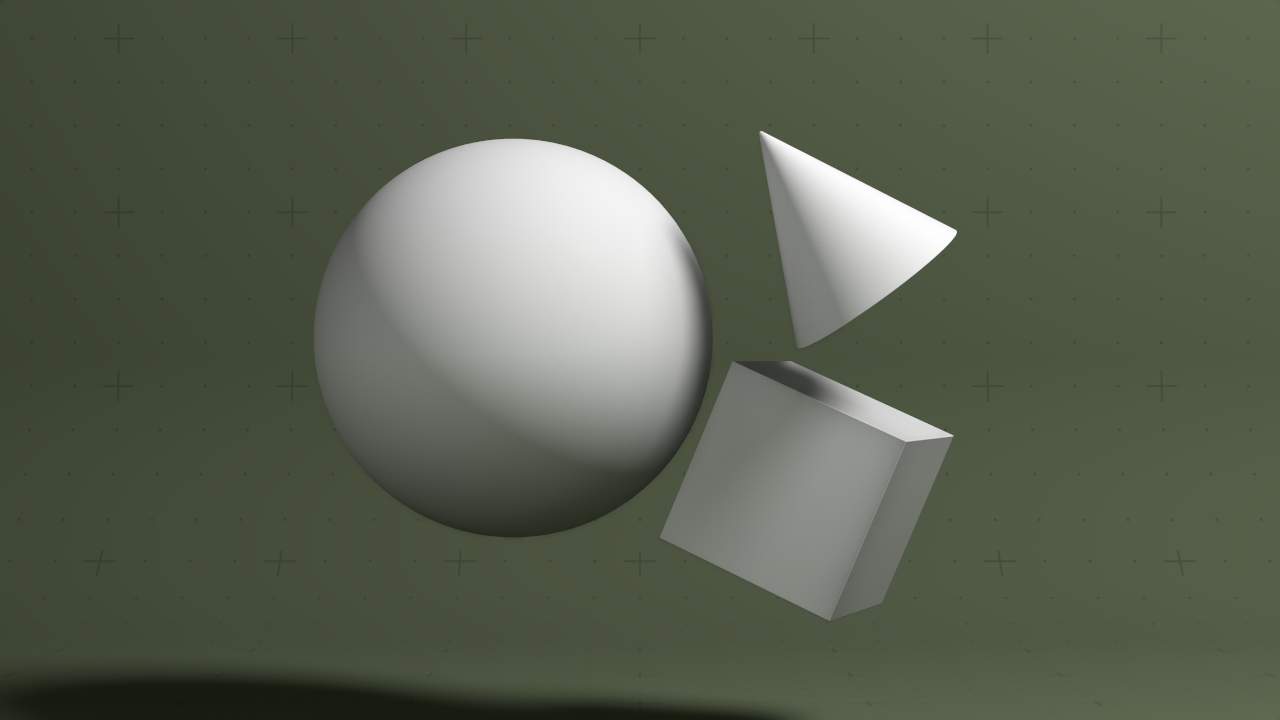 3D
3D
Generate and render geometry in 3D space.
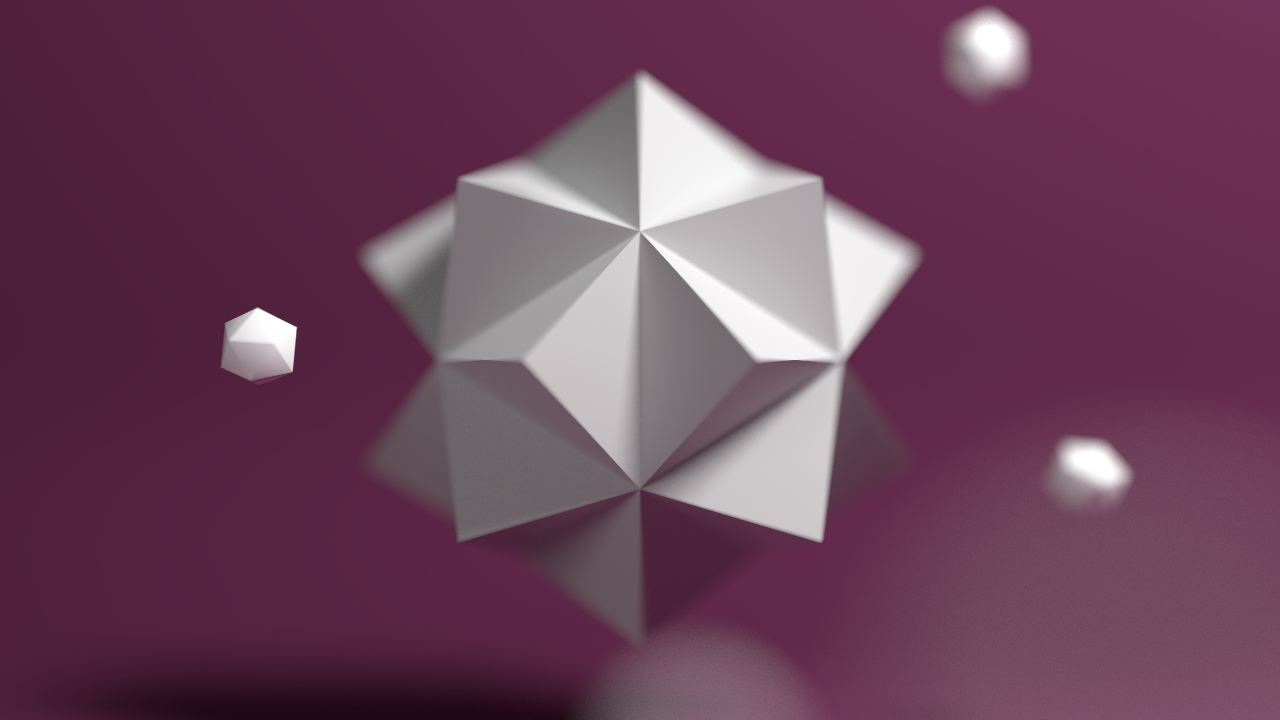 Cameras
Cameras
Cameras define the point of view a scene is rendered from.
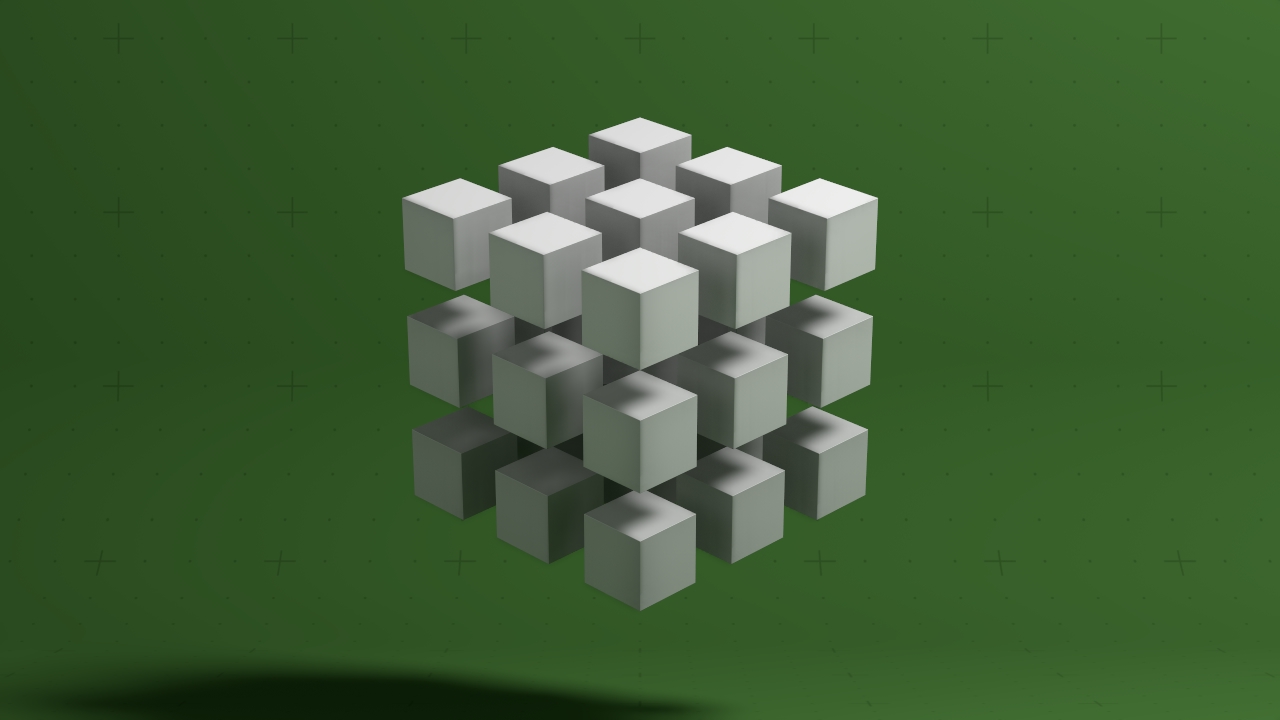 Cloning
Cloning
Cloners generate instances of objects in a scene.
 Colour
Colour
Generate colours and gradients.
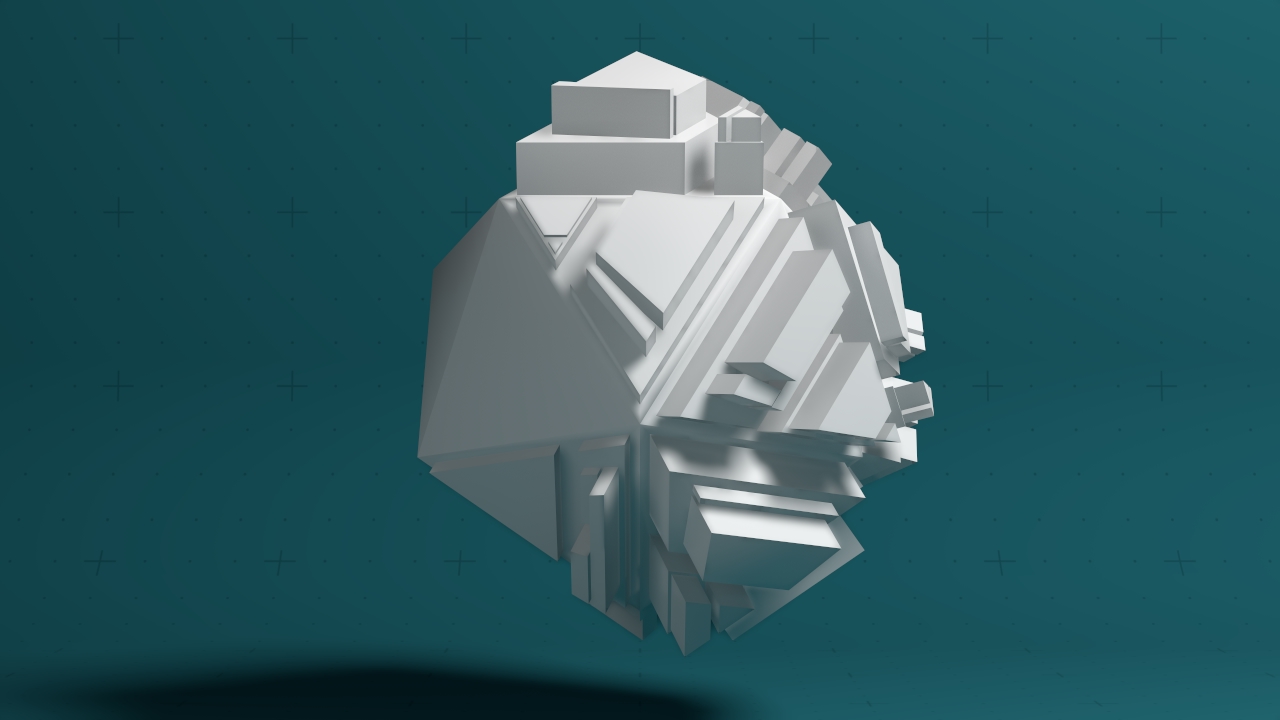 Deformers
Deformers
Deformers create, destroy, edit, and animate existing geometry.
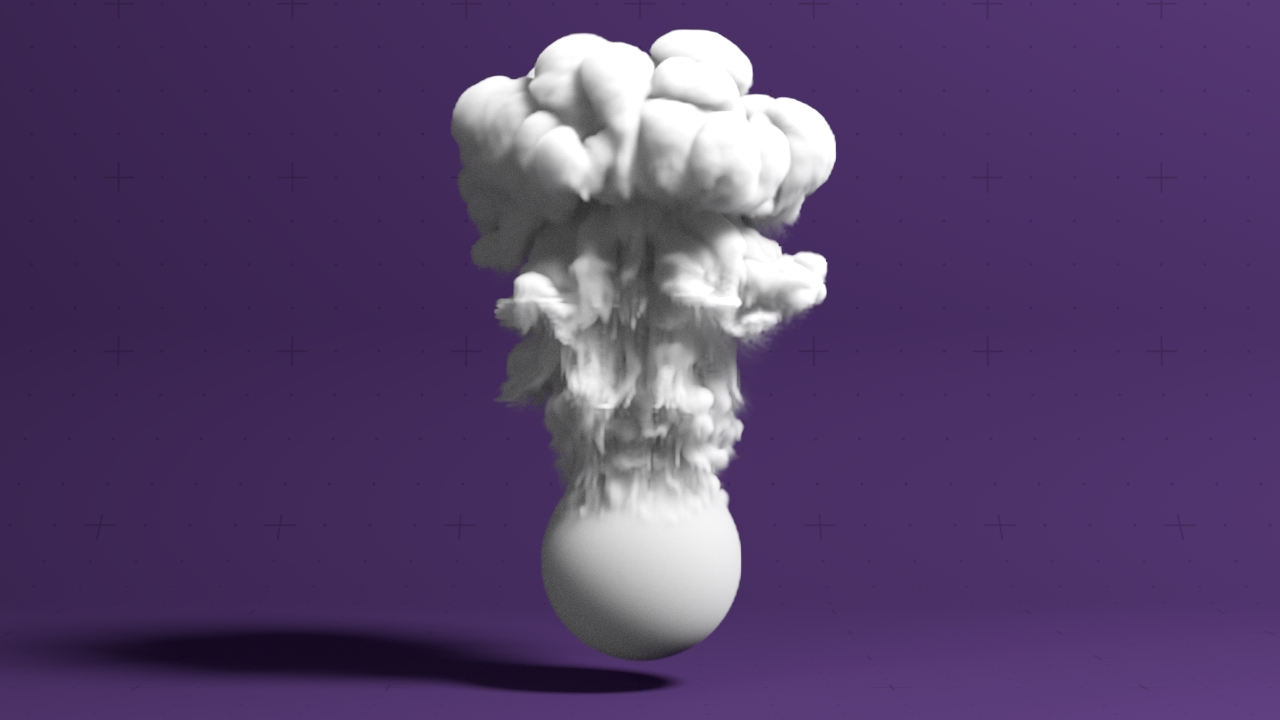 Fields
Fields
Fields generate simulations of volumetric and fluid-like effects.
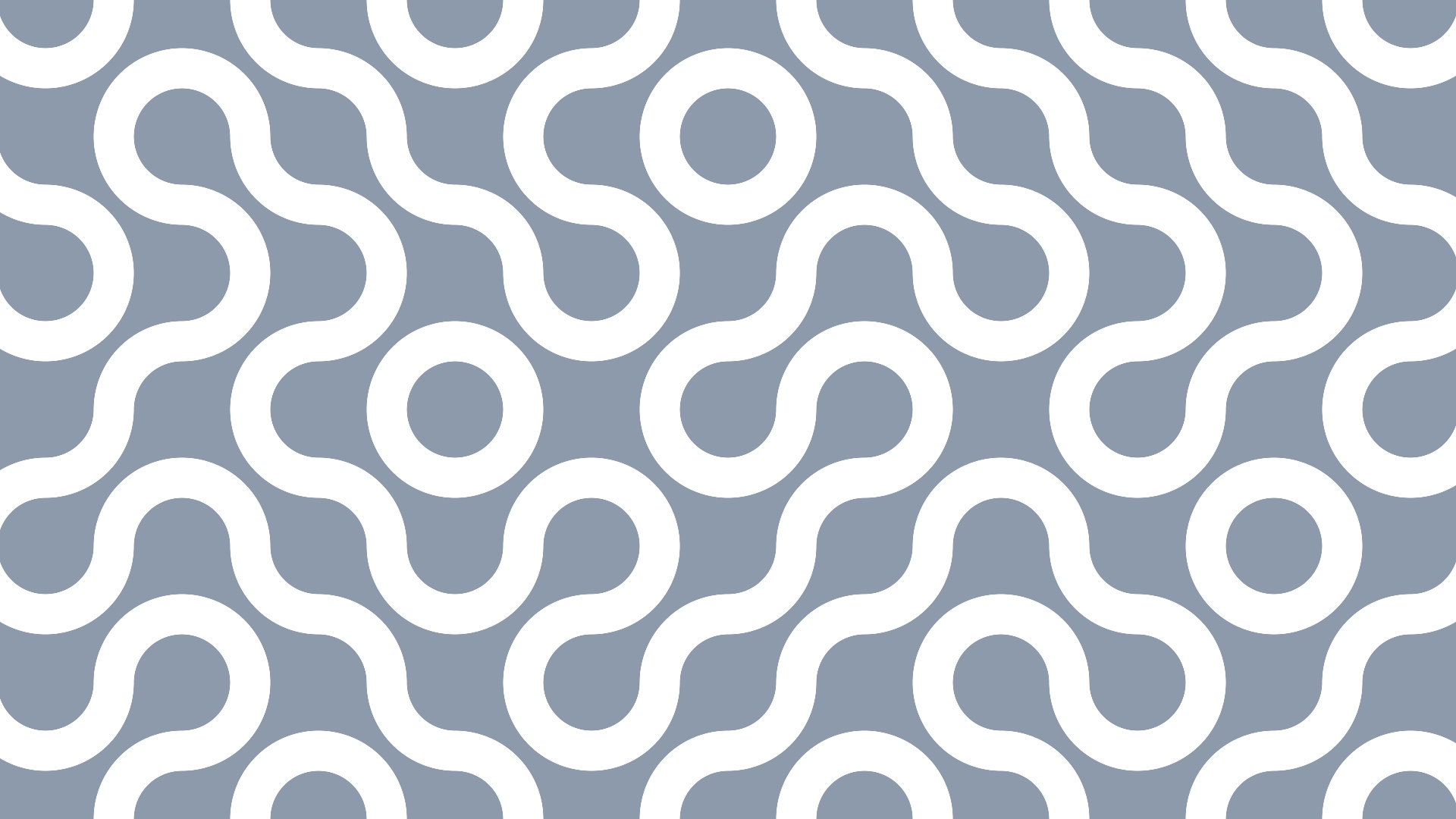 Generators
Generators
Generators create mathematical 2D patterns.
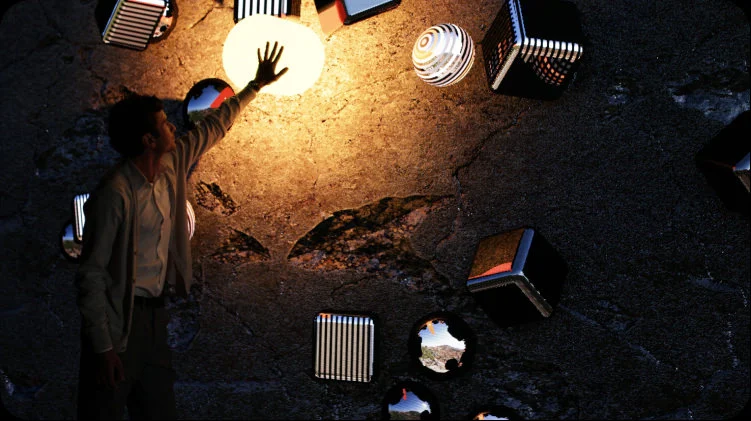 Interactive
Interactive
Interactive nodes allow external inputs to be used in scenes.
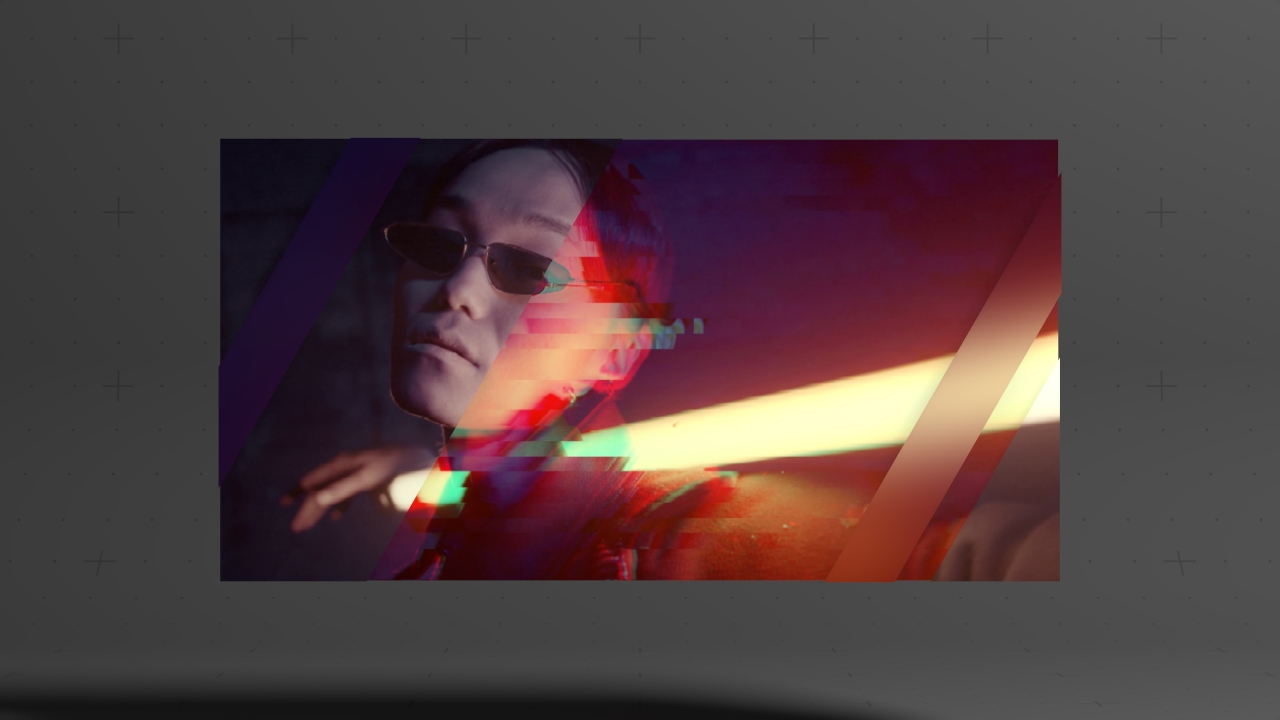 Layers
Layers
Layer and combine scenes and compositions.
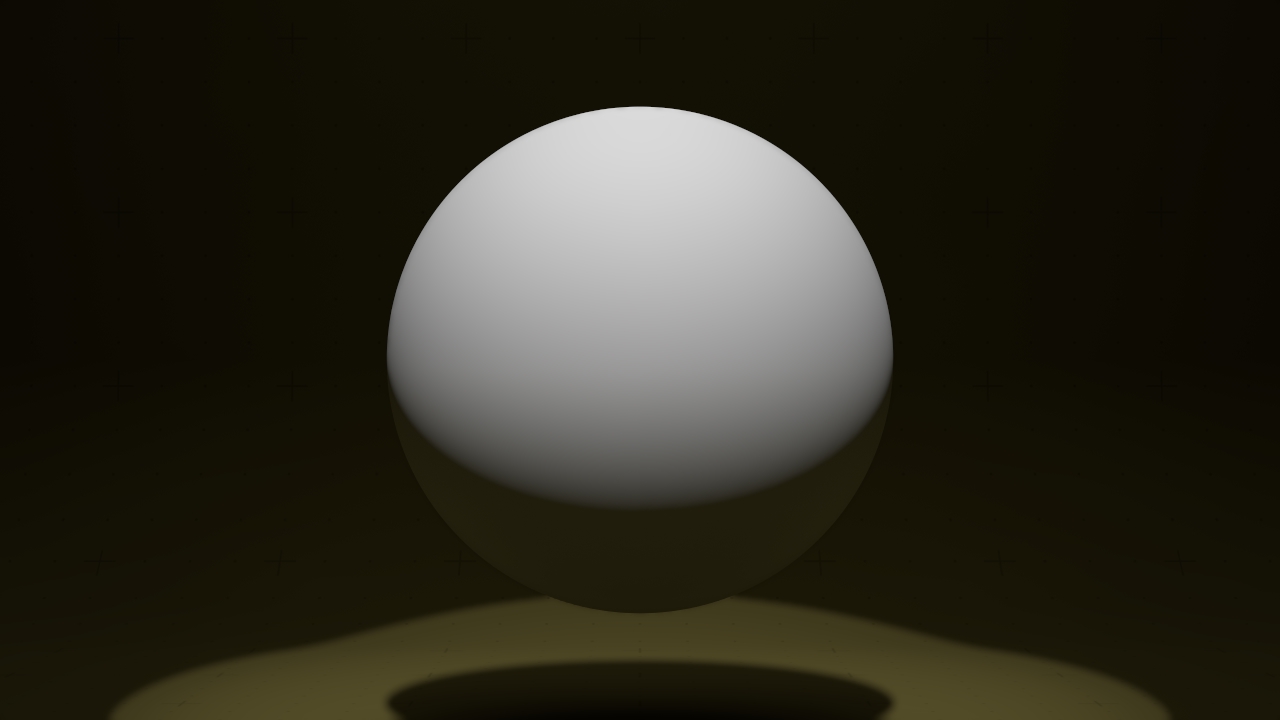 Lighting
Lighting
Lighting nodes control how a scene is lit.
 Logic
Logic
The Logic nodes are used to create a meta logic system within Notch.
 Materials
Materials
Material nodes control how light interacts with the surfaces of objects.
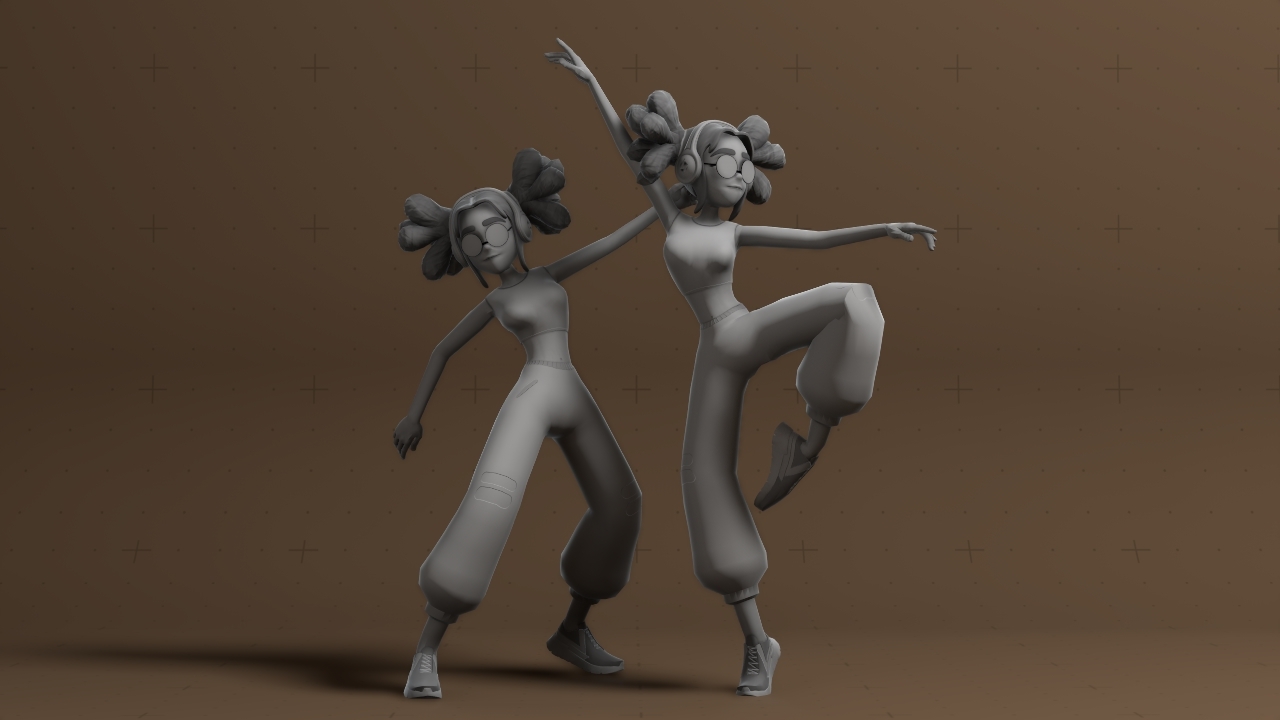 Mocap
Mocap
Mocap nodes animate rigged skeletons with motion capture data.
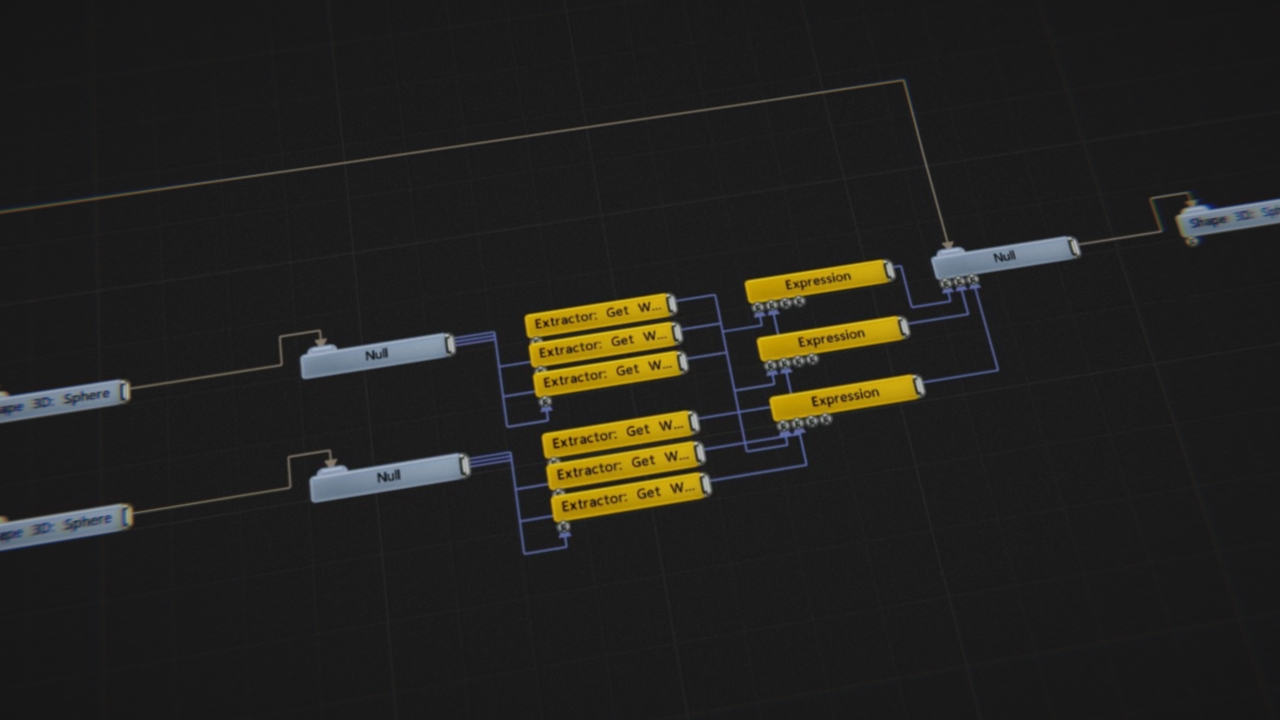 Modifiers
Modifiers
Modifier nodes modify the properties in other nodes.
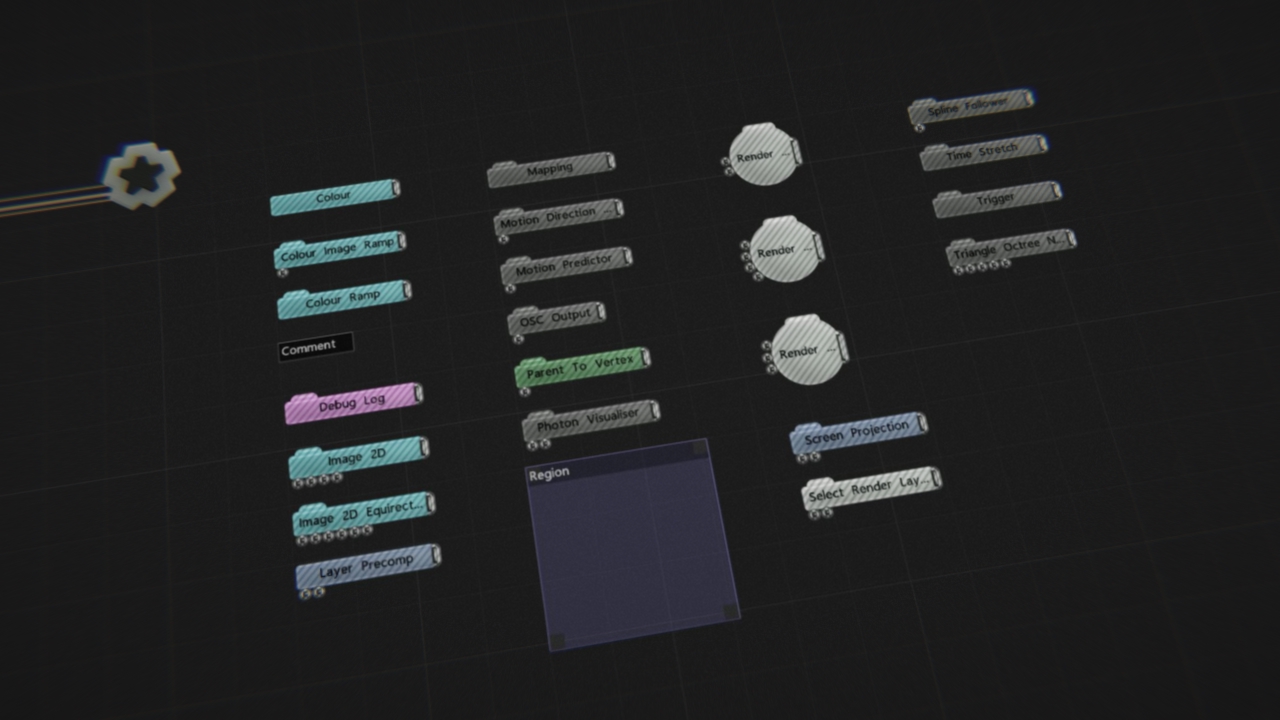 Nodes
Nodes
These nodes generally used to help with workflows and UX.
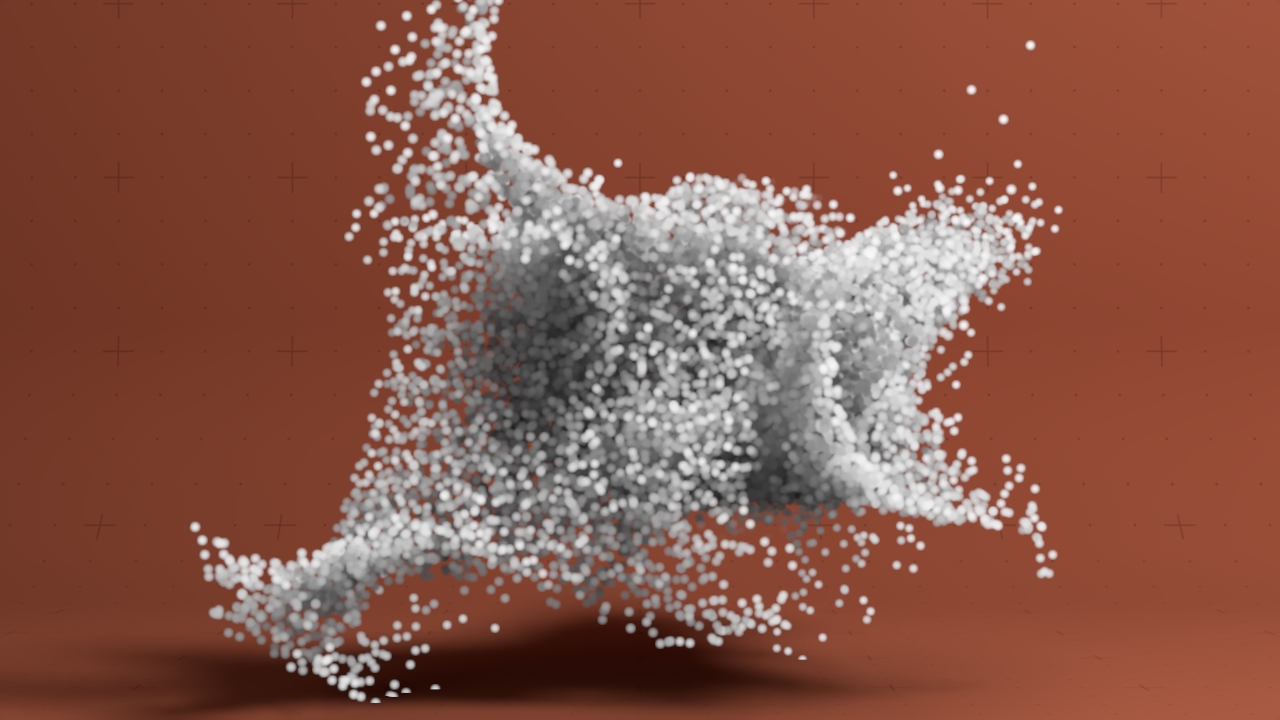 Particles
Particles
Particle nodes perform simulations of particle-like effects.
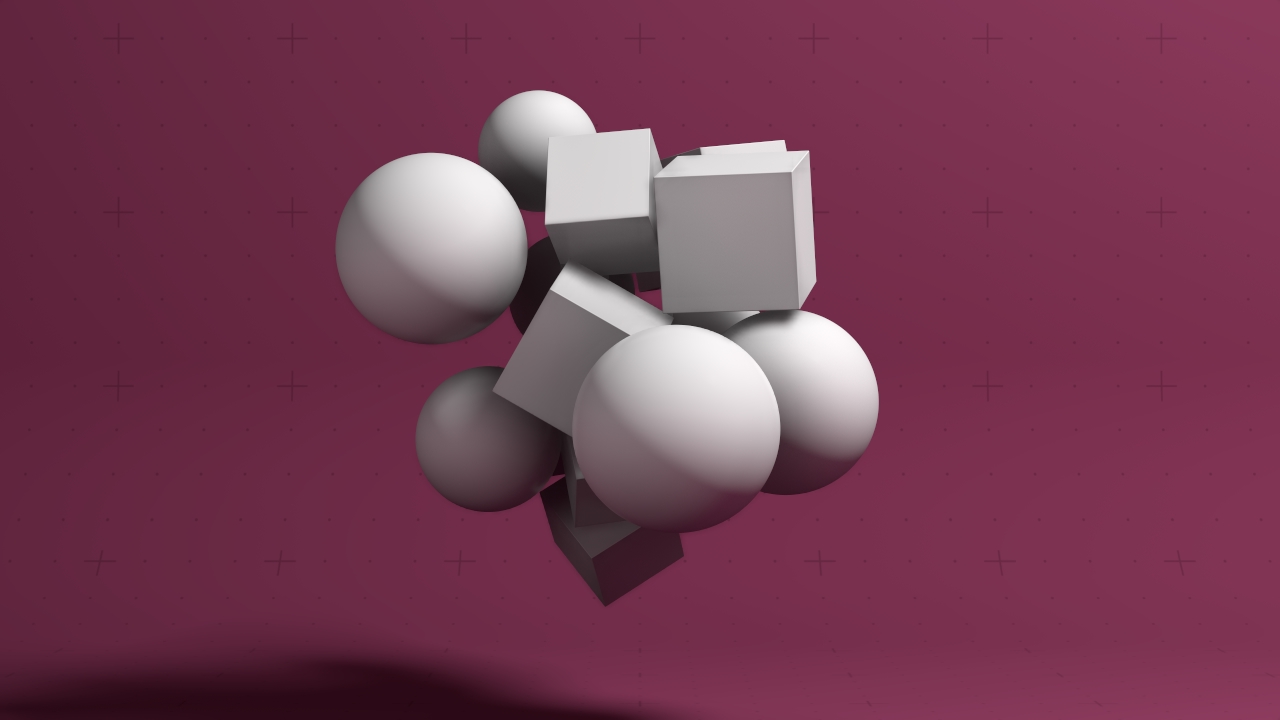 Physics
Physics
Physics nodes allow you to add Rigid Body Dynamics to objects.
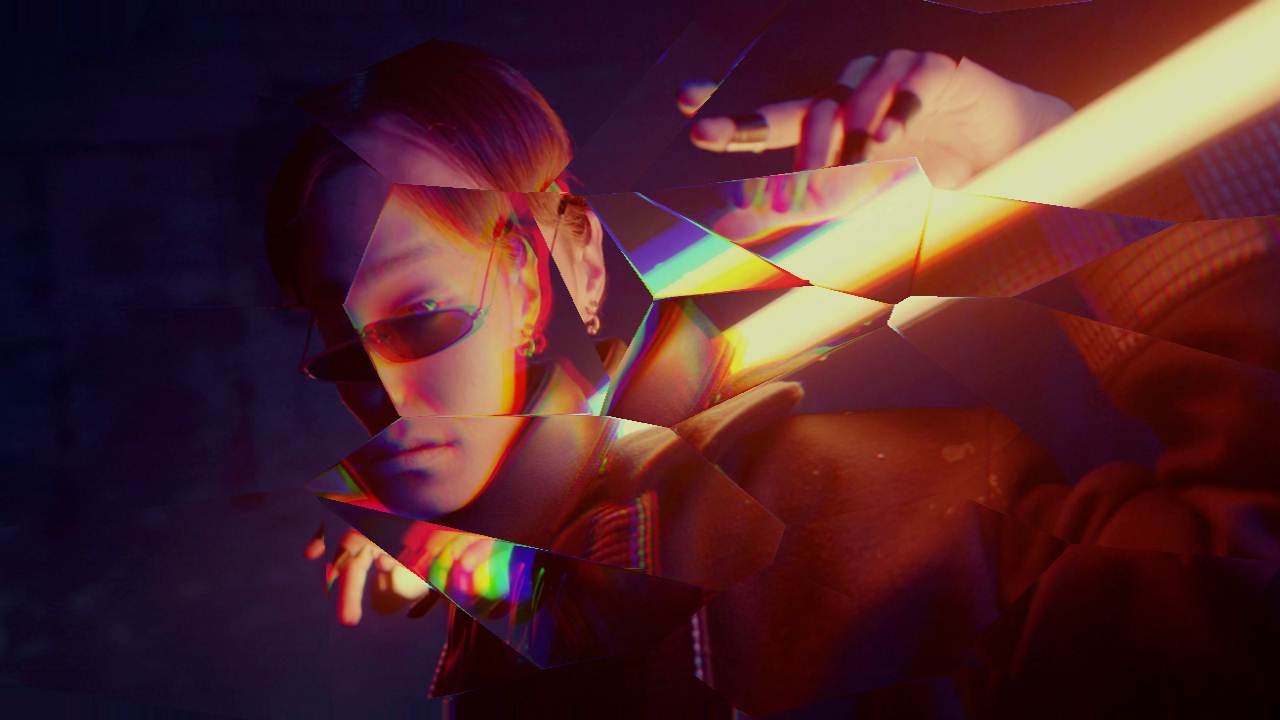 Post-FX
Post-FX
Post FX nodes perform image processing on the node they are parented to.
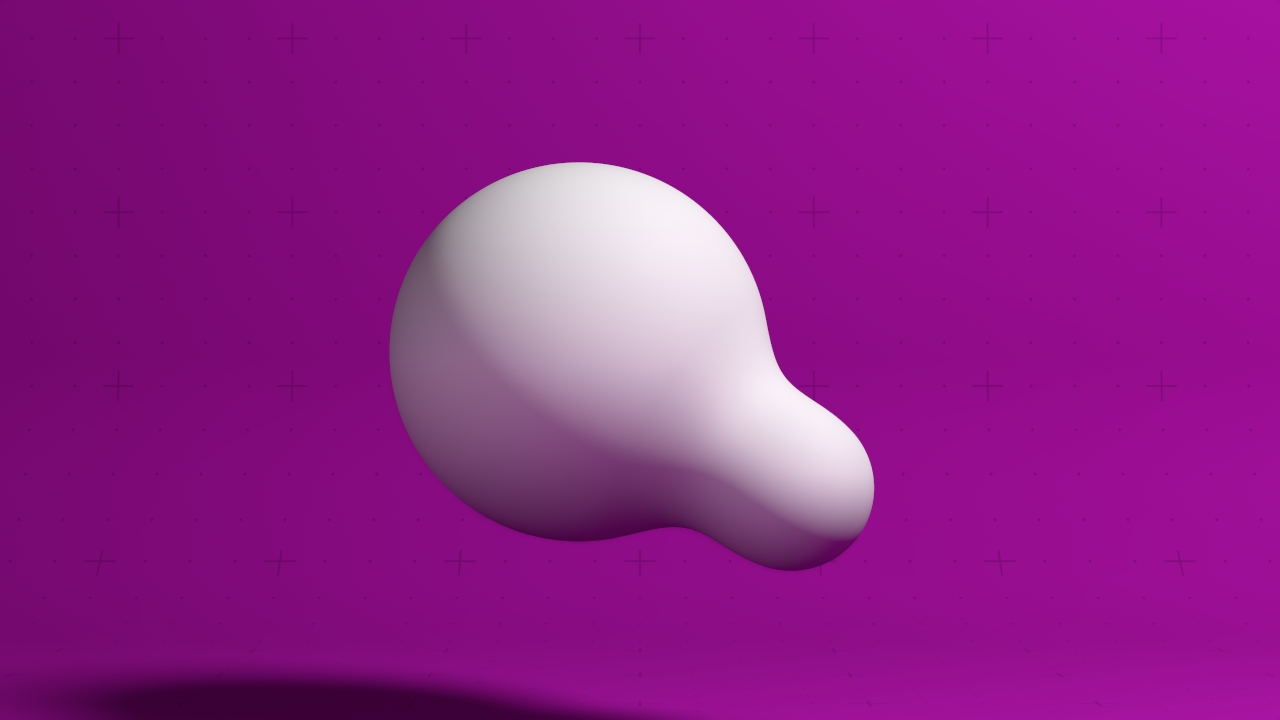 Procedurals
Procedurals
Procedural nodes generate geometric and volumetric forms using signed distance fields.
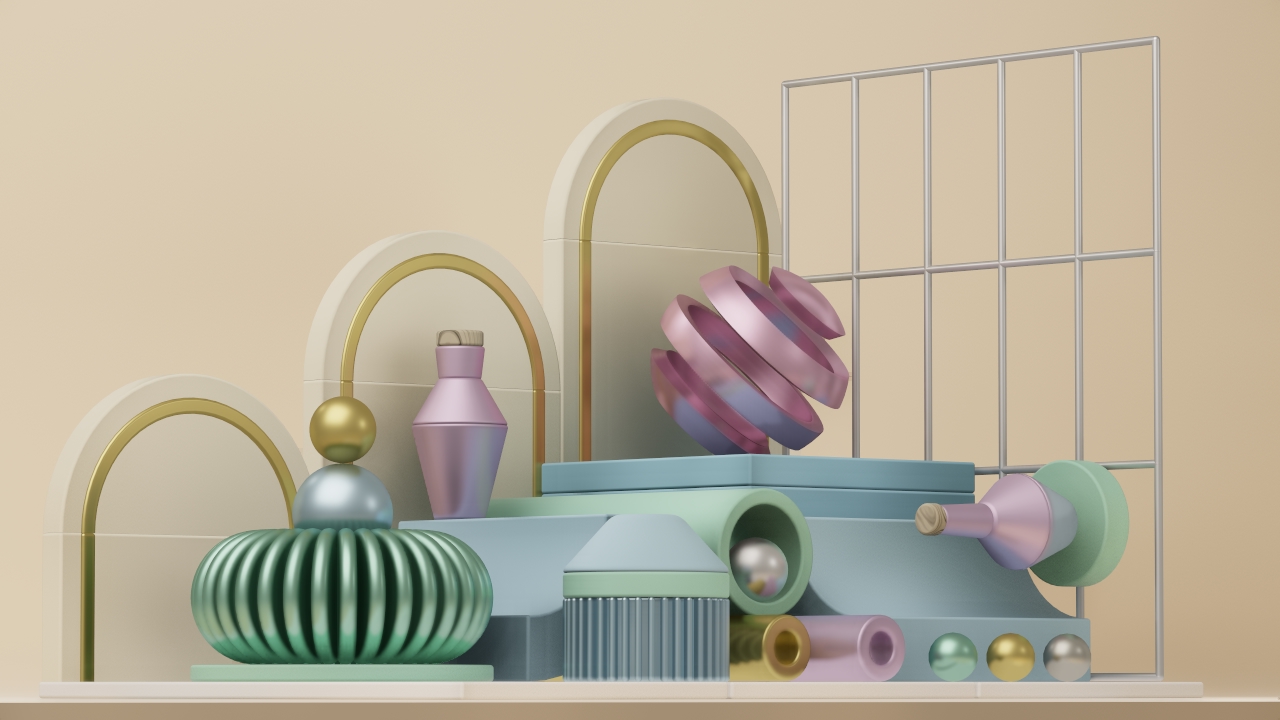 Rendering
Rendering
Rendering nodes process the lighting and shading effects from a scene, and show the result.
 Scripting
Scripting
Scripting nodes allow for project behaviour to be scripted using JavaScript.
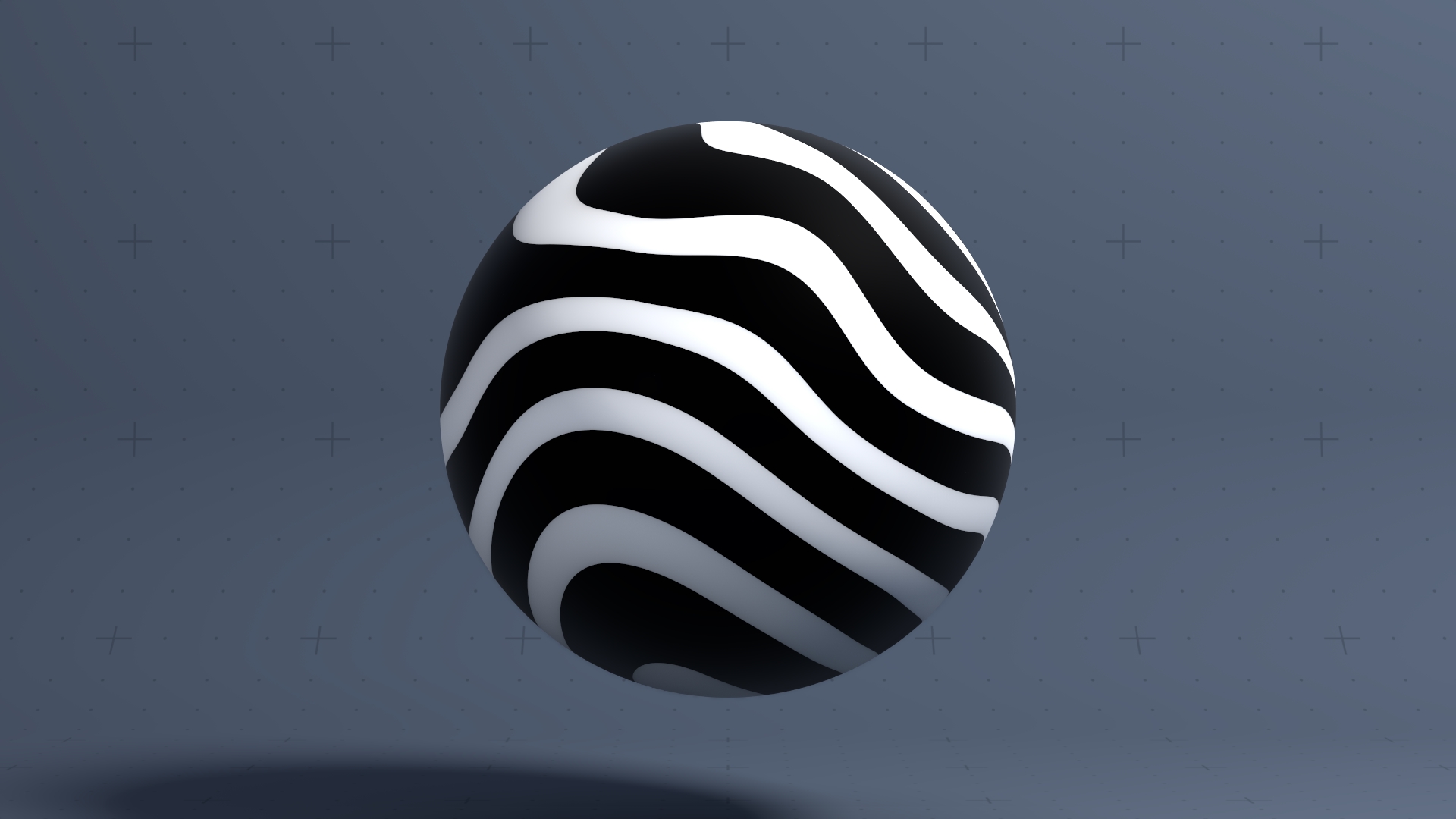 Shading
Shading
Shading nodes generate material shaders for creating materials.
 Sound
Sound
These nodes control sound input and output in Notch.
 Text-FX
Text-FX
Text-FX nodes handle generating, modifying, and combining text strings.
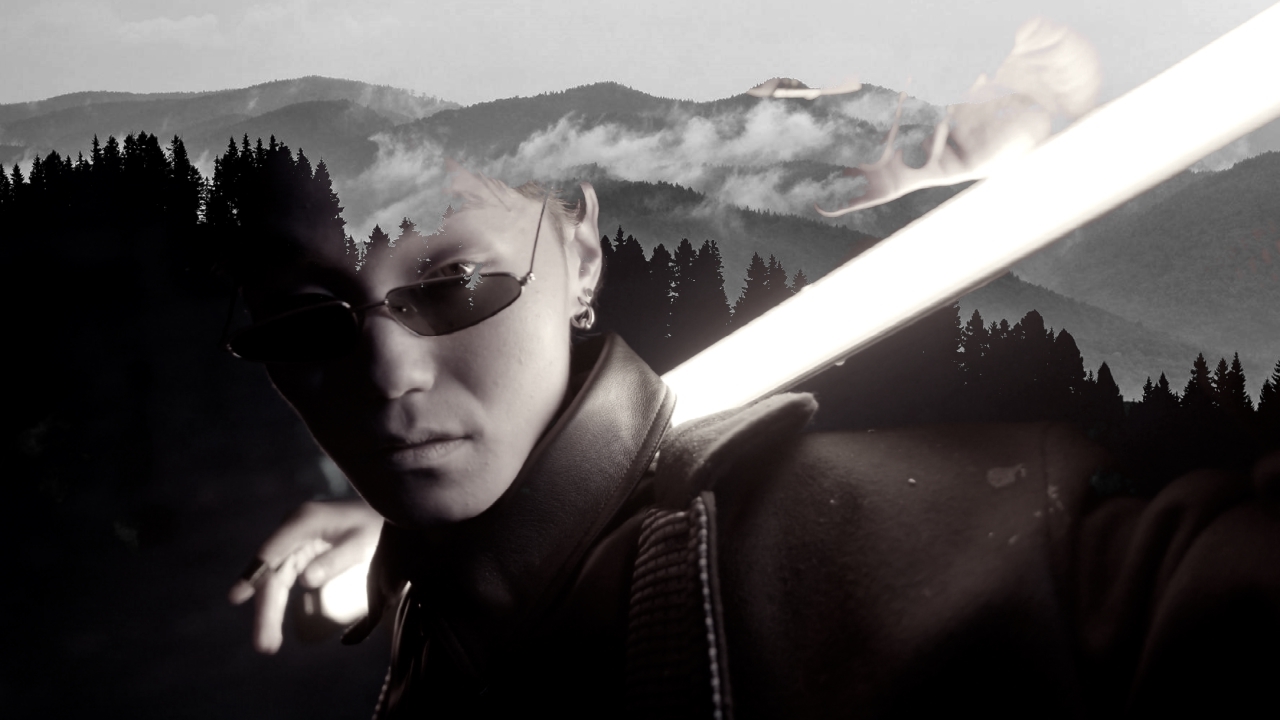 Video
Video
Video nodes modify, process, and combine videos.
 Exposed Nodes
Exposed Nodes
Expose properties to other tools